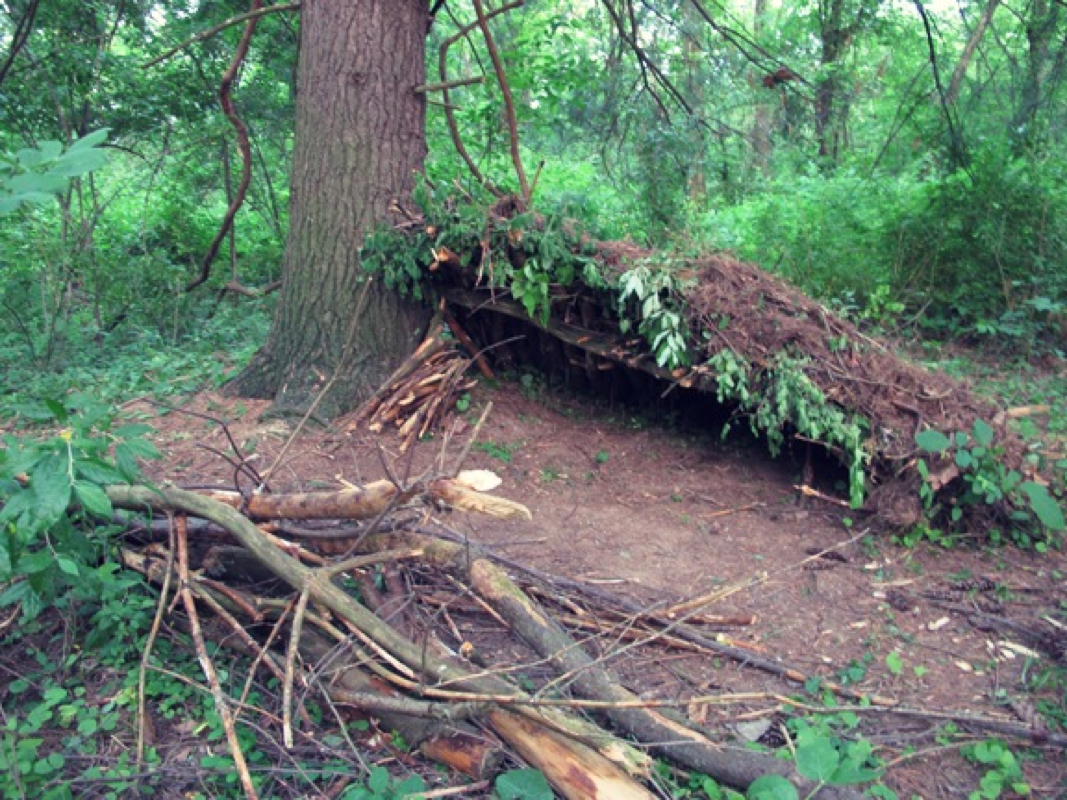|
http://www.facebook.com/daniel.shrigley.survival
Dan Shrigley's Survival Tips30/7/2014 The greatest lessons the military teaches to service members that caters to the prospect of survival. • Training in expected and unforeseen situations. This training type gives what is known as muscle memory. It must be repeated often as with most skills, they have a perishable quality. Such training consists of battle drills, land navigation and map reading, marksmanship, physical fitness, medical first responder or self aid, to name a few. Proper training establishes confidence, removes the thinking out of a process that allows for quicker reactions based upon a standard. • Preparation and planning. Followed by communication and accountability. Before a detail, tasking or mission, planning takes priority. A properly formulated plan that is refined is significant to a successful outcome. The military issues out items that ensure combat efficiency and effectiveness. Having an accurate inventory that has uniformity amongst a group ensures limited risk and readiness. Established comprehension at the lowest rank of an organized plan disseminated out to a group will ensure that everyone operates toward a common goal.. At every level a structured plan combined with effective communication will secure a commanders intent. From maintenance of equipment, vehicles, weapons, health and fitness. All preparations add to yet again a successful mission. Survival and prepping are not immune to the same structure. At the minimum survival consists of priorities and fundamentals to simplify the steps. • Planning • Communicating • Knowledge & Skill • Situational Awareness • Mitigating Risk Safety Factors • Task Prioritize • Mission Focus Then: • Water • Fire • Shelter • Food • Clothing These are the most commonly known and taught priorities. I have added to the list additional life saving steps that should be listed. • Proper Field Hygiene The five F's that will save your life Fingers, Flies, Fecal, Fluids, and Food. Dividing your camp into areas that minimize impact. Keep your camp divided into quadrants. One for living, cooking, cleaning (down stream), and 100 meters away for fecal waste (Burried). Food waste disposal should also be 100 meters away from your encampment. This minimizes animal attraction into your sleeping area. • Security Security is a concern for predatory animals, scavenger animals and uninvited humans. Poisonous snakes, reptiles and insects. Being aware of your threats and enviornmental considerations. Taking appropriate precautions to minimize such threats are as simple as visually scanning near and far. Setting up warning devices or using birds communication signals. If you have two or more in your party a rest plan is encouraged. Pulling watch and rotating rest cycles. • Climate While preserving calories and hydration, being aware of the climatic environment you should implement proper work cycles. The objective is to minimize your exposure to extreme conditions. Focus on hydration, warmth, shelter, food intake. In hot locations working at dusk and dawn will limit your risk to heat injuries. Cold weather situations, focus on layered or insulated clothing natural or manmade. Keeping a readily cache of fire wood and like materials. • Gathering edibles This changes upon location, seasons and weather. When available collect and store what you need to last the extent of your survival situation or planned timeline towards self rescue. • Tools In most situations you will never have enough tools on hand. Having knowledge on crafting stone tools and working with natural materials can improve your chance at survival. Simple plant cordage or root and vine lashings can serve a valuable purpose for construction needs. Remember to trust your own creativity. • Signal The ability to telegraph your location via symbols or signal is critical to your rescue. The symbols used could be an X or Triagle. Included in this is the ability to attract attention via smoke or loud noises. Again your creativity here will help greatly. • Weapons The club is still one of the most effective weapons for defense and hunting. Practice throwing at a target for improved accuracy. Spear, bow and arrow are proven primitive weapons still used in the modern age. Again practice makes perfect with defense and hunting. • Common Sense Taking the path of least resistance is the general rule. Back flipping off a waterfall because you saw it in Man vs Wild is not the smartest choice. Simply remember don't take risks you cannot recover from. In a survival situation your life depends of escaping with minimal to no injuries. even a scratch can cause infection. • Filter and treat water Never drink water that has not been filtered and boiled. • Inventory Inventory right away what tools you have or can scavenge. These tools might just save your life. • Search & Rescue Always make your location easy to spot from the air and ground by search and rescue. You should carry on you or in your packing list a fluorescent colored shirt, vest or belt that's reflective. SARS will generally target major terrain featured, such as bodies of water, clearings, or high elevation points. By: Daniel W. Shrigley, Survival Extreme Catalog Inc., Bell County Wilderness Survival Group, and Survival Trek Escape. http://www.twitter.com/danshrigley
Comments are closed.
Archives
June 2023
|
All Rights Reserved, Copyright © 2012 - 2022 Survival Extreme Catalog Inc. All Rights Reserved, Copyright © 2012 - 2022 Survival Trek Escape. All Rights Reserved, Copyright © 2012 - 2022 Survival Talk Radio.

